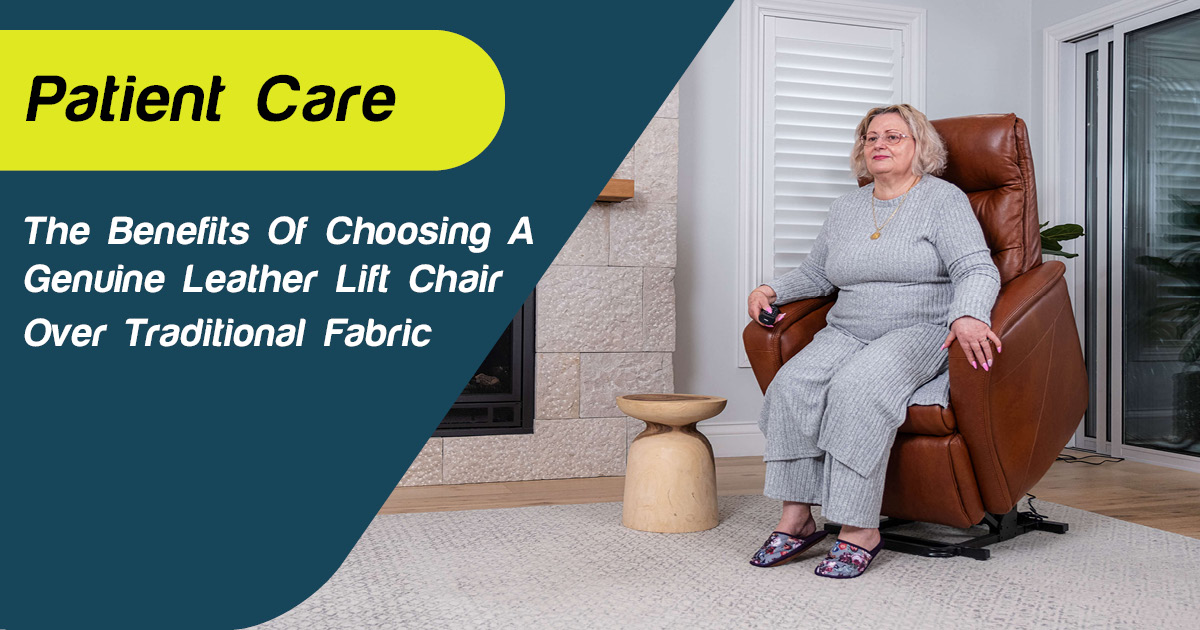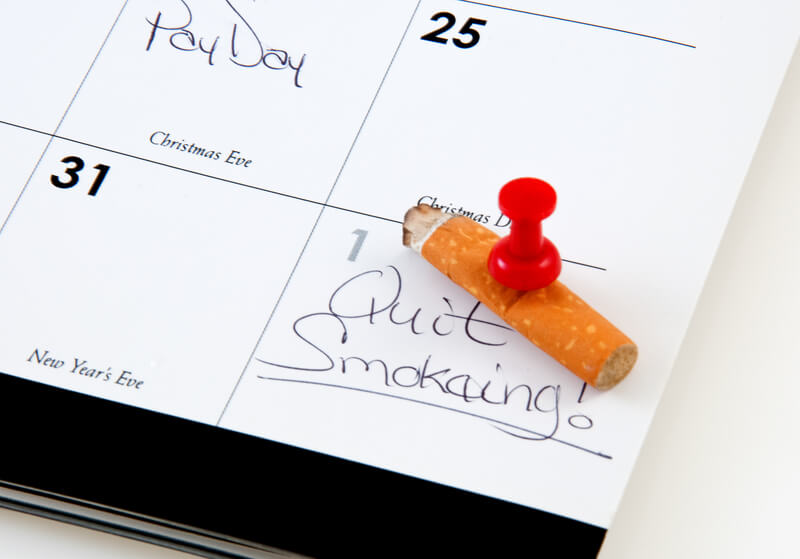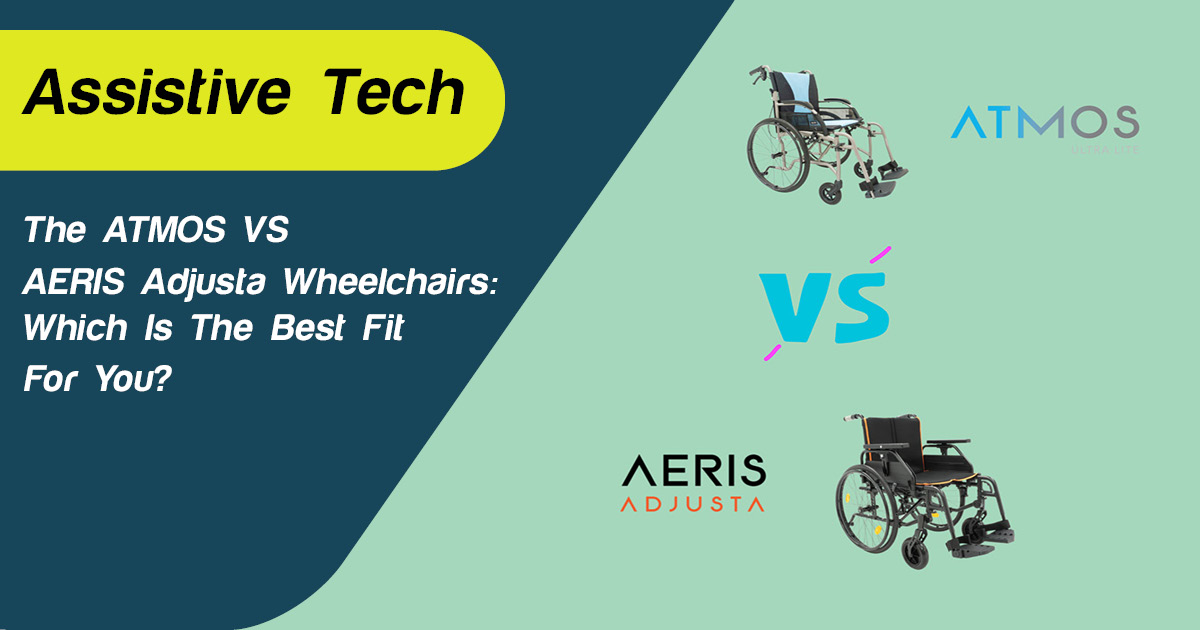
Share
For individuals with Chronic Obstructive Pulmonary Disease (COPD), energy conservation is crucial: even simple activities can lead to breathlessness, discomfort, and fatigue.
Energy conservation involves adjusting daily tasks to reduce the amount of energy expended. For example, someone with COPD might use a walker to provide additional support while travelling and a place to sit and rest as needed. With the right strategies, people with COPD can accomplish more throughout the day while preserving their strength for essential activities.
But before we dive into proactive COPD management strategies, let’s start with the basics and gain a better understanding of the condition.
Understanding Chronic Obstructive Pulmonary Disease

ID 317738404 © Andrey Popov | Dreamstime.com
Chronic Obstructive Pulmonary Disease/COPD (formerly known as Chronic Obstructive Airways Disease/COAD) is a chronic inflammatory lung disease that obstructs airflow from the lungs, causing long-term breathing problems like:
- Shortness of breath
- Cough
- Mucus production
- Asthma-like wheezing
- Decreased mobility due to fatigue
COPD includes two main conditions: chronic bronchitis and emphysema.
Bronchitis involves the inflammation of the airways and results in a persistent cough with excess mucus. Emphysema, on the other hand, involves damage to the air sacks in the lungs, leading to difficulty exhaling and reduced oxygen intake.
COPD is a progressive disease, meaning it usually gets worse over time.
What causes COPD?

ID 22253772 © Jerryb8 | Dreamstime.com
Smoking is the most significant risk factor for COPD. Long-term smoking damages the lungs and leads to inflammation and narrowing of the airways. However, there are several other risk factors and potential causes:
- Environmental Factors: Long-term exposure to harmful pollutants, like chemical fumes, dust, and air pollution, can contribute to COPD (a common occupational risk, especially in warehouses, construction, mining, and industrial settings).
- Genetic Factors: A genetic disorder called alpha-1 antitrypsin deficiency can cause COPD. Alpha-1 antitrypsin is a protein that protects the lungs; a deficiency in this protein can lead to lung damage and COPD, even in non-smokers.
- Respiratory Infections: Severe respiratory infections during childhood can reduce lung function and increase the risk of developing COPD later in life.
Managing COPD requires a multifaceted approach that includes medical treatment, lifestyle changes, and energy conservation strategies. Let’s explore some COPD management strategies now.
Your guide to COPD management & energy conservation

Living with COPD requires careful management of symptoms and proactive strategies to conserve energy. Energy conservation is crucial for people with COPD as it helps to reduce fatigue and maintain a higher quality of life. Here are some energy conservation strategies that can significantly benefit COPD patients!
Mobility equipment & aids
Mobility equipment can play a vital role in conserving energy for those with COPD. These tools are designed to assist with movement and reduce the physical exertion required for daily tasks.
Here are some common types of mobility equipment that can benefit individuals with COPD:
Walking AidsCanes, walkers and rollators provide support and stability, reducing the effort needed to walk. Rollators, in particular, are equipped with seats, allowing users to rest when needed. |
Wheelchairs & ScootersFor individuals with severe COPD, using a wheelchair or mobility scooter can significantly reduce the strain on the lungs and conserve energy for other activities. |
Star LiftsInstalling a stair lift in the home can eliminate the need to climb stairs, which can be particularly challenging for those with COPD. |
Shower Chairs & Bath BenchesThese aids allow individuals to sit while bathing, reducing the effort required to stand and move around in the shower or bath. |
Breathing techniques
Effective breathing techniques can help individuals with COPD conserve energy and manage shortness of breath. Two common techniques are:
Pursed-Lip BreathingThis technique involves inhaling slowly through the nose and exhaling gently through pursed lips as if blowing out a candle. It helps keep the airways open longer, making breathing easier. |
Diaphragmatic BreathingAlso known as abdominal breathing, this technique encourages deeper breaths by engaging the diaphragm. Place one hand on the abdomen and the other on the chest. Inhale deeply through the nose, allowing the abdomen to rise, and exhale slowly through the mouth. |
Reorganise your living space
A well-organised living space can minimise the effort required to move around and complete daily tasks. Here are some tips for optimising the home environment for energy conservation:
DeclutterClear pathways and remove unnecessary items that may obstruct movement or require frequent rearranging. |
Strategic PlacementArrange frequently used items within easy reach to avoid unnecessary bending or stretching. Keep essentials like medications, water, and a telephone nearby. |
Assistive DevicesInstall grab bars in the bathroom and other areas where extra support is needed. Use reaching aids for tasks like picking up items from the floor. |
Seating OptionsPlace chairs or stools in areas where you spend a lot of time, like the kitchen or bathroom, to provide opportunities for rest. |
Modify your activities
Modifying how activities are performed can make a significant difference in energy expenditure. Consider these strategies:
Pace YourselfBreak tasks into smaller, manageable steps and take breaks as needed. Avoid rushing, which can lead to breathlessness and fatigue. |
Plan AheadOrganise your day to alternate between high-energy and low-energy activities. Schedule time for rest between tasks. |
Simplify TasksUse adaptive equipment, like electric can openers or lightweight crockery, to reduce the effort required for daily activities. |
DelegateWhenever possible, delegate tasks to family members, friends, or caregivers. Focus on your most important activities and let others help with the rest. |
Exercise & physical therapy
While it may seem counterintuitive, regular exercise can help improve overall energy levels and lung function in individuals with COPD. Pulmonary rehabilitation programs, which include supervised exercise and education, are particularly beneficial. Here are some exercise tips:
Start SlowlyBegin with low-impact activities, like walking or gentle stretching with Therabands, and gradually increase the intensity as your fitness improves. |
Incorporate Strength TrainingStrengthening the breathing muscles, like the diaphragm and intercostal muscles, can help improve lung function. Light resistance exercises can be effective. |
Use Supplemental OxygenIf your doctor prescribes, use supplemental oxygen during exercise to maintain adequate oxygen levels and reduce breathlessness. |
Monitor Your SymptomsPay attention to how your body responds to exercise. Stop and rest if you experience severe breathlessness, dizziness, or chest pain. |
Active Mobility is your trusted source of energy conservation equipment for COPD
COPD is a serious condition that requires comprehensive management to maintain quality of life. By implementing energy conservation strategies, individuals with COPD can reduce fatigue, improve their ability to perform daily activities and enhance their overall wellbeing.
At Active Mobility, we aim to provide holistic care for our customers and help people of all ages and conditions achieve a better quality of life. With this in mind, we offer an incredible range of equipment to help people with COPD manage their condition and conserve their energy for more important, enjoyable activities.
From mobility scooters, wheelchairs, and walkers to modern bathroom and kitchen modifications, we have all the necessary equipment to live a more comfortable life. Contact us to book a showroom appointment and chat with our occupational therapists, or shop online for convenient delivery to your location today.









